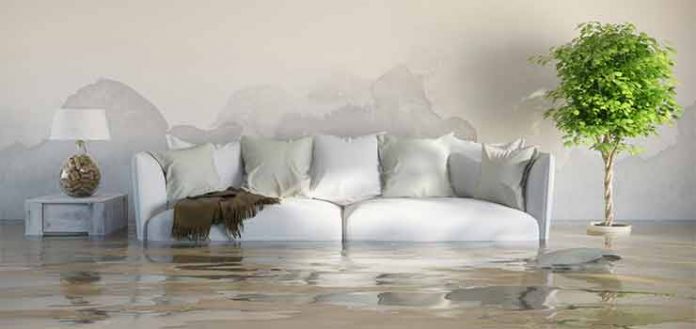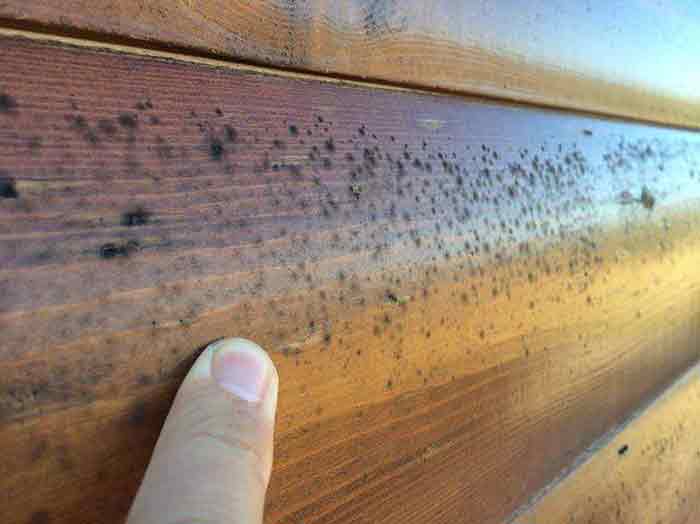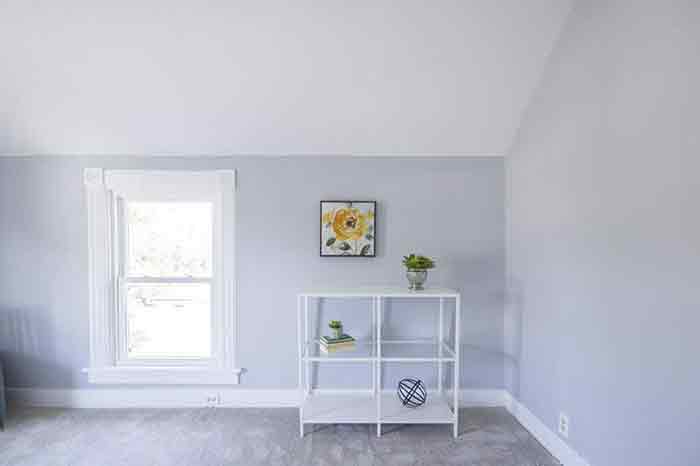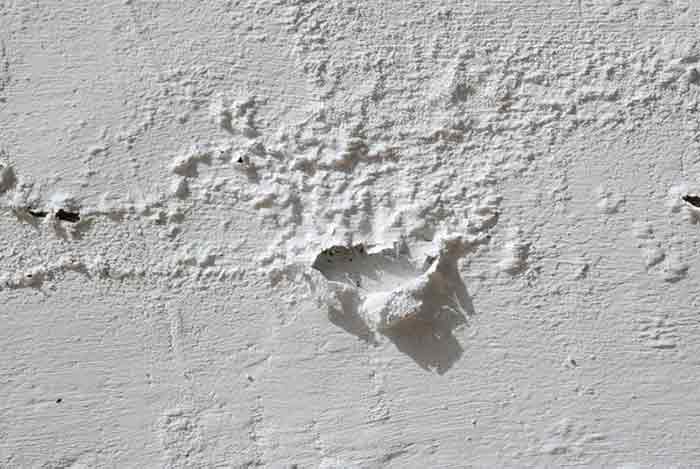
Excessive humidity can be a real problem in any environment. In fact, it is not always possible to maintain the humidity levels at the optimum quality, but it is important to control that an excessive level of humidity does not occur.
Generally when we talk about moisture problems in the home, we think of things like stained walls, rusty windows, bad odors or unsightly stains on ceilings and floors. However, the humidity in a house not only affects the elements of the house, but also importantly affects other elements such as people’s own health.
Let’s not forget that an environment where there is a high level of humidity is an ideal environment for all kinds of bacteria and fungi to grow and develop, which are very harmful to our health.

A very important aspect to reduce, at least to a large extent, the humidity inside the house, is a correct choice of windows and closures. However, there are other ways to do it, and we will talk about it next.
Excess moisture problems
We summarize here some of the main problems derived from excess humidity in a home:
- Higher level of energy expenditure. Undoubtedly, a home with damp walls and ceilings can lead to a higher level of energy consumption and loss of efficiency, especially since it is difficult for us to maintain the temperature of the home at an adequate level when there is humidity.
- Less security. A major problem for homes due to damp is that walls can lose strength and load-bearing capacity over time, putting homes at risk.
- Health problems. One of the most negative consequences of humidity is derived from health problems. According to research carried out by the WHO, it has been proven that problems of the upper and lower respiratory system develop, causing coughing and wheezing. Other common infections with excess moisture are asthma or bronchitis and rhinitis.
As you can see, it is not at all beneficial to have a home with an excessive level of humidity. One of the measures you can take to reduce humidity levels is to use a dehumidifier that helps keep levels within reasonable parameters.

Advantages of using a dehumidifier
Using a dehumidifying device can bring you important advantages in your home and prevent you from having to go through unpleasant situations in your home. The humidifier is a device similar to an air conditioner that absorbs water from the environment and provides a drier environment. We tell you the main advantages of using one:
improve your health
As we have seen, an excessive level of humidity can affect health and proper use of a dehumidifier can reduce or even eliminate these health problems. Problems linked to rheumatism can also be improved thanks to this device.
protect your home
If we keep humidity at bay, we can ensure that our home is a sustainable home, that it saves energy and is also safe so that we can continue living with peace of mind.

It provides you with economic savings
An excess of humidity enhances temperatures, therefore, if it is cold you will feel colder and if it is hot you will feel hotter. With a dehumidifier you can make more reasonable use of your air conditioning and heating devices in winter and summer.
Your clothes dry in less time
Although it may seem trivial, being able to have dry clothes in less time is a gain in time and effort. Thanks to these devices you can have an environment where your clothes are dry in less time and make your work easier.
Favors allergy sufferers
If there is someone with allergies at home, they will clearly benefit, since by reducing humidity, dust mites and mold are also reduced, in this way you can breathe better and the number of allergies is reduced.
In a humid house, the use of a dehumidifier can have important advantages and can help the health of you and your loved ones to benefit enormously. Do not forget that in the face of excessive humidity problems at home. the groups that are most affected are the most vulnerable in the household, which are usually the elderly and children.



